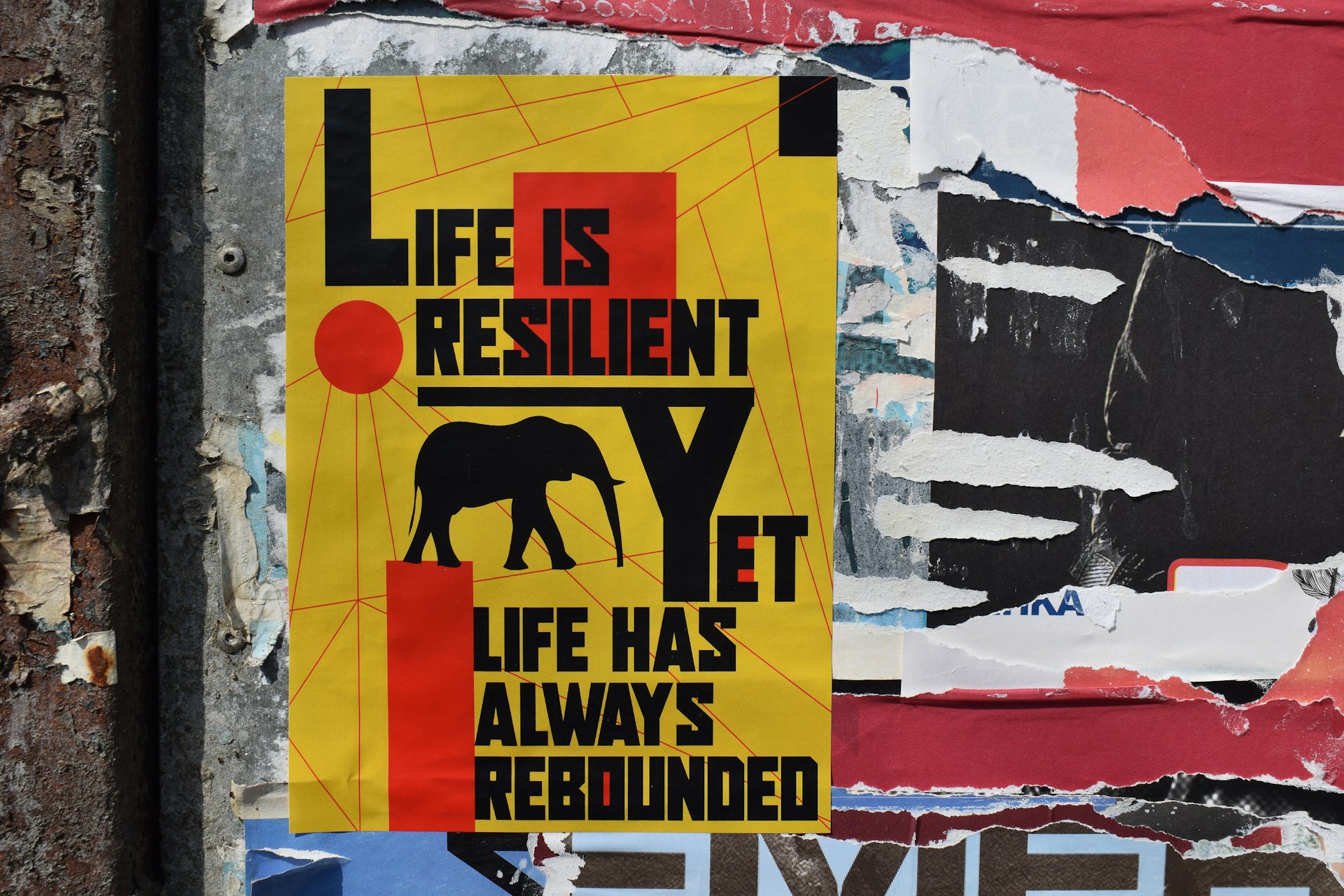From Silence to Surround: The Dynamic Evolution of Cinematic Sound Design

Photo by Igor Saikin on Unsplash
The Early Era: Visual Storytelling and the First Sounds
At the dawn of cinema in the early 20th century, filmmakers relied solely on visuals to convey emotion and narrative. Silent films dominated theaters, and the experience was enhanced by live musicians and foley artists who created sound effects in real time within the auditorium. This era demanded ingenuity from both filmmakers and exhibitors, as the absence of recorded dialogue and effects required creative workarounds to engage audiences [4] .
As technology developed, inventors worked tirelessly to synchronize sound with moving pictures. The breakthrough came with the release of
The Jazz Singer
(1927), which introduced synchronized dialogue and musical performances. This innovation marked the birth of the “talkie,” fundamentally changing how stories were crafted and experienced in cinema
[2]
. Filmmakers quickly began to incorporate dialogue, sound effects, and music, requiring new production roles and a rethinking of the entire filmmaking process.
The Golden Age: Sound as Art and Technical Marvel
By the 1930s and 1940s, sound technology had improved dramatically. Studios began investing in advanced microphones, better soundproofing on sets, and multi-track recording, granting directors and sound designers unprecedented control. This period saw the emergence of specialized sound departments and the rise of foley artistry-named after Jack Foley-where artists recreated everyday noises in the studio to add realism to scenes [4] .
Iconic films such as
Gone with the Wind
(1939) and
Citizen Kane
(1941) used layered audio, overlapping dialogue, and creative ambient soundscapes to immerse audiences. Directors like Alfred Hitchcock manipulated sound to build psychological tension, as seen in
Rear Window
(1954)
[2]
. This era established sound design not just as a technical necessity, but as an essential artistic discipline.
Technological Breakthroughs: Stereo, Surround, and Dolby
The 1950s and 1960s brought about a revolution in cinematic sound with the introduction of stereo audio. Early experiments like Disney’s
Fantasia
(1940) paved the way, but it wasn’t until magnetic tape and optical stereo technologies became widespread that stereo sound was adopted in mainstream filmmaking. Studios began producing films with multi-channel audio, enriching the spatial and emotional impact of the soundtrack
[2]
.
The need to lure audiences back to theaters during the rise of television led to even greater innovations, such as Cinerama’s seven-channel audio and widescreen formats. The 1970s marked a pivotal moment with the advent of Dolby Stereo. Dolby’s matrix-encoded system allowed four channels of audio to be distributed across two physical tracks, creating immersive and directional sound environments
[5]
. Films like
Star Wars
(1977) showcased the power of this new technology, setting a new industry standard for blockbuster sound design
[1]
.
Digital Sound and the Modern Blockbuster
The late 20th and early 21st centuries saw the shift from analog to digital sound production and playback. Digital editing tools enabled sound designers to manipulate audio with unprecedented precision, layering hundreds of tracks and effects. The introduction of digital surround sound systems further expanded creative possibilities, making it possible to place sounds anywhere in the cinematic space [1] .
Blockbuster films such as
Jurassic Park
(1993) and
The Matrix
(1999) demonstrated how immersive soundscapes could become integral to storytelling. These developments also influenced independent filmmakers, as affordable digital audio tools democratized sound design and opened new creative avenues
[2]
.
Creative Process and Modern Sound Design Opportunities
Today’s sound designers blend technical skill with artistic vision. The process often begins with script analysis and pre-production planning, identifying moments where sound can enhance emotion or narrative clarity. During production, location recording and foley capture essential material. In post-production, designers use digital workstations to edit, layer, and mix sounds, often collaborating closely with directors and composers to achieve the desired effect.
For those interested in pursuing a career or hobby in cinematic sound design, there are multiple pathways:
- Formal education: Many universities and film schools offer specialized programs in sound design or audio engineering. Research accredited institutions and course reviews to find the best fit for your goals.
- Hands-on experience: Volunteering or interning on indie film projects provides practical exposure to the workflow and tools of the trade.
- Online learning: Platforms such as Coursera, LinkedIn Learning, and university MOOCs may offer relevant courses-search for “film sound design online courses” to compare options and reviews.
- Industry networking: Professional organizations such as the Cinema Audio Society and Audio Engineering Society offer resources, industry news, and events to connect with peers and mentors.
While many opportunities exist, it’s important to compare training programs, seek feedback from current professionals, and stay current with technology trends. For up-to-date information on industry standards and best practices, visit the official Audio Engineering Society website, which is a recognized authority in this field.
Challenges, Alternatives, and Future Trends
Cinematic sound design continues to evolve with immersive audio formats such as Dolby Atmos, which enables sound to move three-dimensionally around the audience. Adoption of these systems requires specialized equipment and knowledge, which may present challenges for smaller productions. However, software emulation and virtual mixing environments are making advanced techniques more accessible than ever.
Alternatives for independent creators include working with open-source digital audio workstations or collaborating with local musicians and sound artists. As the industry moves forward, staying adaptable and continually learning new tools is crucial for success.

Photo by Ruslan Zaplatin 🖤 on Unsplash
For those seeking support or funding for sound design projects, consider researching grants through national arts councils or contacting local film commissions. Guidance on grant application processes is typically available on the respective organization’s official website-search for “film sound grants [your country]” for relevant opportunities.
Key Takeaways
The history of cinematic sound design is a testament to technological innovation and artistic imagination. From the silent era’s live accompaniment to today’s immersive surround sound, each stage has opened new creative possibilities and reshaped the audience experience. Whether you aspire to become a sound designer or wish to understand how modern movies achieve their impact, exploring educational resources, networking with professionals, and experimenting with available tools are practical steps to get started.
References
- [1] LWKS (2022). A Comprehensive Journey Through the Evolution of Cinema’s Sound Effects.
- [2] EditMentor (2023). The Evolution of Sound in Film: From Silent Movies to Dolby Surround.
- [3] Science and Media Museum (2021). A Brief History of Sound in Film.
- [4] Shaping Waves (2023). The Evolution of Film Sound: A Journey Through Cinematic Audio.
- [5] Dion, R. (2012). The History of Sound in the Cinema.
- Audio Engineering Society (AES). Official website for audio engineering standards and resources.



